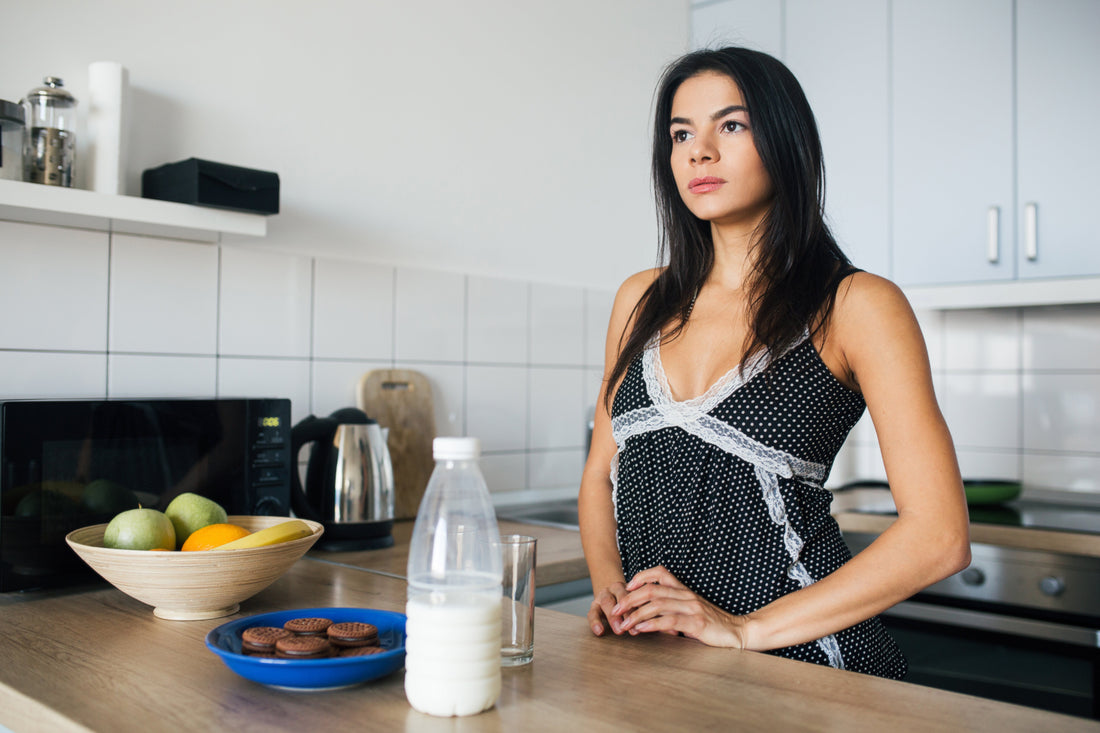
How to Increase Fat in Breast Milk: A Complete Guide for New Moms
Share
Breast milk is the ultimate nutrition for babies, providing essential fats, proteins, and antibodies needed for healthy growth and development. One question many breastfeeding moms have is how to increase fat in breast milk to ensure their baby receives optimal calories and nutrients. Fat content in milk can vary naturally throughout a feeding and over the course of the day, but there are ways to boost its richness. In this guide, we’ll explore practical strategies for boosting breast milk fat content, discuss the difference between hindmilk and foremilk, suggest foods that help produce richer milk, and provide breastfeeding fat hacks that can make a meaningful difference in your baby’s growth and satisfaction.
Understanding Breast Milk Fat
Breast milk contains different types of fats, including saturated and unsaturated fats, cholesterol, and essential fatty acids like DHA. These fats are crucial for brain development, hormone production, and energy.
The fat content in milk is not constant. Early in a feeding session, the milk (foremilk) is more watery and lower in fat, designed to quench your baby’s thirst. Later, the milk (hindmilk) becomes thicker and richer in fat, which provides the calories your baby needs for growth. Understanding this difference is key to naturally increasing the fat your baby receives.
Factors That Affect Breast Milk Fat
Several factors influence the fat content of breast milk, including:
-
Time of day: Fat content can be higher in the evening.
-
Frequency of breastfeeding: Skipping feeds or long gaps can affect fat distribution.
-
Maternal diet: A diet rich in healthy fats can positively influence milk composition. Learn more about foods that increase milk at Foods to Increase Breast Milk.
- Length of feeding: Allowing your baby to feed until the milk flow slows ensures they get hindmilk, which is higher in fat.
Boosting Breast Milk Fat Content
Here are practical ways to increase fat in your milk naturally:
1. Focus on Hindmilk
Always allow your baby to finish one breast before switching to the other. This ensures they receive the high-fat hindmilk, which is thicker and more calorie-dense. Foremilk is important too, but hindmilk is essential for weight gain.
2. Short, Frequent Feeding Sessions
Frequent feeding stimulates milk production and ensures consistent fat content. Check out Breast Milk vs Formula to see how milk composition compares.
3. Breast Massage and Compression
Gentle breast massage during feeding or pumping can help move milk with higher fat content, increasing overall richness.
4. Pumping Strategies
When pumping, start with gentle suction and gradually increase. Switching breasts midway during pumping can ensure you collect milk with higher fat content. Refer to Breast Milk Freezer for proper storage guidance.
5. Optimize Maternal Diet
A high-fat diet for breastfeeding can help increase milk fat levels. Include sources of healthy fats like:
-
Avocados
-
Nuts and seeds
-
Olive oil
-
Fatty fish like salmon
-
Full-fat dairy products
6. Stay Hydrated
Hydration doesn’t directly increase fat, but is important for overall milk production. Aim to drink water consistently throughout the day.
7. Avoid Skipping Feeds
Skipping feeds can lower the fat content in the next milk, as milk stored in the breast tends to have higher fat concentration when emptied regularly.
Foods for Richer Breast Milk
Certain foods are known to help produce richer breast milk:
-
Oats: A Good source of iron and helps milk production
-
Flaxseeds: Rich in omega-3 fatty acids
-
Leafy greens: Spinach, kale, and fenugreek improve nutrient density
-
Protein sources: Eggs, lean meats, legumes
Combining these foods in a balanced diet boosts milk quality and fat content. For more diet tips, check How to Increase Breast Milk Supply.
Hindmilk vs Foremilk Tips
Understanding the difference between foremilk and hindmilk is crucial:
-
Foremilk: Watery, quenches thirst, low in fat
-
Hindmilk: Thicker, higher in fat, provides calories for growth
Tips:
-
Encourage your baby to feed fully on one side before switching
-
Observe the color: hindmilk is creamier
- Use breast compression to help the baby get hindmilk
Breastfeeding Fat Hacks
- Use breast compression during feeds to increase fat flow, especially toward the end of a feeding session.
- Feed in a calm, relaxed environment to encourage let-down; stress can slow milk release and reduce hindmilk intake.
- Breastfeed on demand to ensure your baby consistently gets both foremilk and hindmilk, supporting growth and satiety.
- Combine pumping with direct feeding to maximize milk collection and capture richer, higher-fat milk.
- Try varying feeding positions to help fully drain different areas of the breast, which can increase fat content in the milk.
- Incorporate gentle breast massage before and during feeds or pumping sessions to stimulate deeper ducts and improve fat flow.
Common Mistakes to Avoid
-
Switching breasts too quickly
-
Relying solely on foremilk
-
Skipping pumping or feeding sessions
-
Eating low-fat diets consistently
- Not using breast compression or massage
Sample Daily Routine for Increasing Milk Fat
A structured daily routine can help ensure your baby receives higher-fat milk consistently:
- Morning: Start with a light breakfast that includes oats, nuts, seeds, and eggs. These foods provide healthy fats and energy to support milk production.
- Mid-Morning Feed: Directly breastfeed and allow your baby to fully empty one breast before switching. This ensures they get the richer hindmilk.
- Lunch: Include leafy greens, avocado, olive oil, and lean protein. These foods provide essential nutrients and healthy fats that can enrich your milk.
- Afternoon Feed/Pump: Apply gentle breast compression while pumping or breastfeeding to increase fat content and overall milk output.
- Evening: Incorporate fatty fish, full-fat dairy, or nut butter into dinner. Breastfeed fully to ensure your baby receives hindmilk.
- Night Feed: Keep feeds calm, quiet, and uninterrupted. This supports let-down reflexes and allows your baby to feed effectively, ensuring they get the full range of milk fat.
For tips on feeding schedules and milk temperature, see Milk Temperature for Baby.
Conclusion
Increasing fat in breast milk is a natural and achievable goal for breastfeeding moms. By understanding the difference between hindmilk and foremilk, following effective feeding and pumping strategies, and including healthy fats in your diet, you can ensure your baby receives nutrient-rich, calorie-dense milk for optimal growth and satisfaction. Simple practices like allowing full feeds on one breast, gentle breast compression, and staying consistent with feeding schedules can make a significant difference.
FAQs
How can I tell if my milk is high in fat?
Creamy texture, thicker appearance, and longer baby satisfaction after feeds often indicate higher fat content. Babies may also feed less frequently but feel fuller for longer when getting richer milk.
Can maternal diet significantly change milk fat?
Yes, including healthy fats like avocado, nuts, seeds, and fatty fish in your diet can slightly boost milk fat levels, though breast milk naturally regulates composition to meet your baby’s needs.
Is hindmilk more important than foremilk?
Both are essential; foremilk quenches your baby’s thirst while hindmilk is calorie-dense and rich in fat. Ensuring your baby feeds fully from one breast helps them receive both.
How often should I breastfeed to get high-fat milk?
Feed on demand, typically 8–12 times a day for newborns. Frequent and consistent feeding maintains both supply and fat content, ensuring your baby gets the richest milk.
Does pumping affect milk fat?
Yes, pumping with full breast emptying, gentle massage, and proper technique can help collect milk that is higher in fat content.
Are there foods to avoid if I want richer milk?
Highly processed foods, excessive sugar, and trans fats may not contribute to fat content. Focus on whole foods and healthy fats for better milk quality.
Can hydration affect milk fat?
Indirectly, yes. Staying well-hydrated supports overall milk production and proper flow, helping your baby access the fat-rich hindmilk.
Is formula as high in fat as breast milk?
No, formula tries to mimic fat content but cannot replicate the natural dynamic between hindmilk and foremilk, nor the bioactive nutrients in breast milk.
Does the time of day affect milk fat?
Milk fat can naturally vary throughout the day and is often slightly higher in the evening, but feeding on demand ensures your baby gets enough fat consistently.
Can massaging my breasts really increase milk fat?
Yes, gentle breast massage helps move milk from deeper ducts toward the nipple, increasing the fat content your baby receives during feeding.
